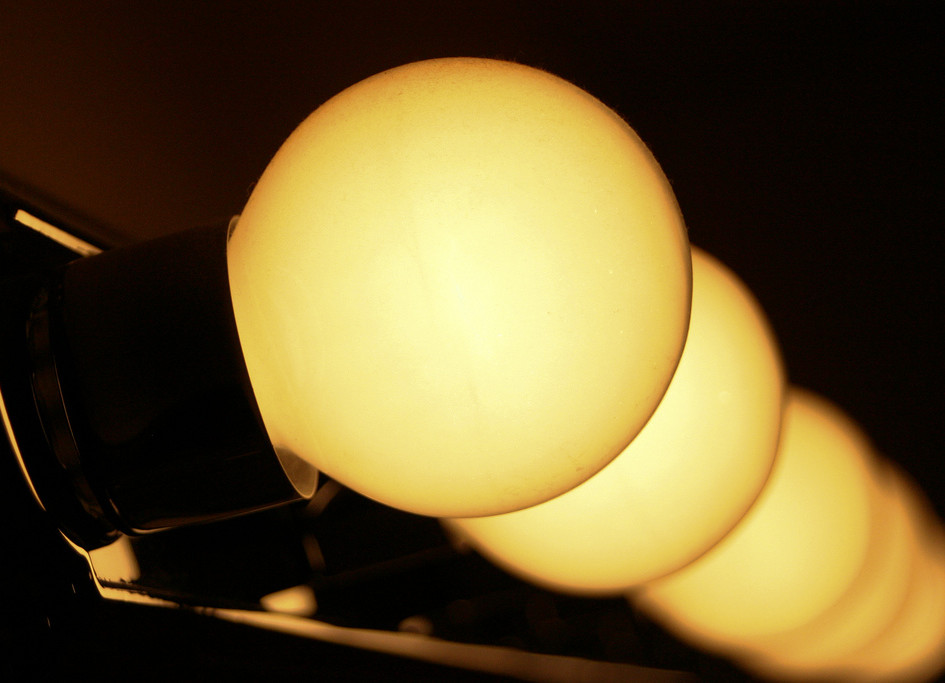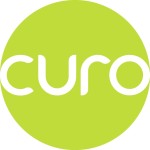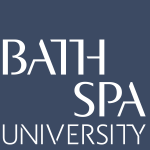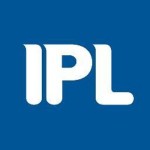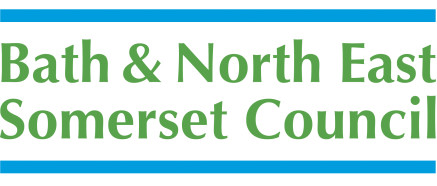At the ideas session for our environment hackday this week, we were joined by Philip Haile of Transition Bath. Philip shared the results of some recent analysis of local school energy usage data. Here’s a summary of what we learned and some ideas for how we can help build on the work.
Transition Bath are a local voluntary charity promoting sustainability in the local area. They have three main groups exploring energy, food and transport. Philip is the chair of the energy group which has a number of current activities, including involvement with Bath & West Community Energy, using thermal imaging cameras to help reduce energy bills, and providing “try before you buy” kits to encourage home-owners to switch to LED lighting.
Philip also ran a project between 2011-2013 to look at the energy usage of local schools, with the goal of increasing energy efficiency and saving them money. The study initially looked at Display Energy Certificates (here’s a photo of one) using open data from the Centre for Sustainable Energy. While this provided a useful starting point the real insight came from using the energy usage data collected by the schools & local council.
Most schools in B&NES have smart meters which log energy usage every half hour for both gas and electricity. This is collected and reported to a central application which is used by the schools and the council to monitor and improve energy usage. Unfortunately there is limited access to this system and getting access to the underlying data was difficult, taking time and a great deal of negotiation. The data, once available, also had to be tidied up to fix errors before it could be further analysed.
This is one area where the council’s open data policy will have benefits: we’re hoping to release all of this data, on a regular basis, allowing this study to be more easily replicated in future.
Philip’s slides provide some background on the analysis and examples of the types of reports that were generated for the schools. The insights included:
- around half of electricity in schools is used after hours – in some cases this may be due to after school clubs, but can also point to equipment being left on overnight
- schools are only occupied 15% of the year, so ensuring that heating and lighting is run efficiently can have a major impact
- incorrectly situated thermostats and lack of zoning for heating can massively increase costs
- modern buildings perform no better, and in some cases worse than older buildings. In some cases this is down to underfloor heating or circulatory systems which perform poorly, highlighting the need to ensure future schools are better designed
- IT equipment is a major source of energy usage, with older equipment drawing more power
The insight was a revelation to both the schools and the council and has already enabled action to be taken to reduce costs.
Lack of data about actual heating system performance and the specific usage profile of individual schools and other public buildings, means that there are efficiency savings which are going unnoticed. Not just in Bath but all around the UK.
Philip suggested a number of ways in which Bath: Hacked could help build on this work:
- Enabling access to clean, regularly updated data on energy usage will make repeating the analysis easier – usage profiles change, systems and equipment gets upgraded, so there are benefits to repeating the study
- The detailed analysis is difficult to scale, so automating more of the reporting would provide more regular insight to schools, allowing them to take action or seek external guidance, e.g. from groups like Transition Bath
- Providing more benchmarking, e.g. between similar schools or over time for the same school, will help highlight changes, perhaps identifying additional remedies or faulty systems
- The data can be used as an educational tool, helping pupils to develop life skills through giving them a better understanding of environmental issues and also data literacy
As a group we also discussed comparing local schools, e.g. developing a league table, an idea which Philip has already explored. However there are a number of issues which make this problematic: there are many differences in the systems and equipment used in schools; different facilities (e.g. flood lit pitches for after school clubs and events; swimming pools); different types of IT infrastructure, etc. A naive league table would not provide this context or really yield any actionable insight.
The conclusion was that the most impact would come from helping schools monitor their usage in order to take action, and exploring the educational benefits for pupils. The systems developed could also potentially be used in other areas.
The evening was a great success. Taking a deep dive into specific issues have highlighted some problems that we could further explore. It also confirms that our goal to increase access to more local data can ultimately lead to useful impacts. Providing experts like Philip with useful data allows them to make targeted interventions to help the local community.
Thanks to Philip for joining us on the evening. And thanks also to our sponsors – Bath Spa Uni, Curo, The Guild, IPL, The Real World and B&NES council – for supporting us in running the hack day next month.
If you have ideas to share, please leave a comment. Check out our meetup page for the dates and speakers for the next ideas sessions and to sign-up to the hackday. You can also sign-up to Transition Bath’s newsletter to learn more about their work.

